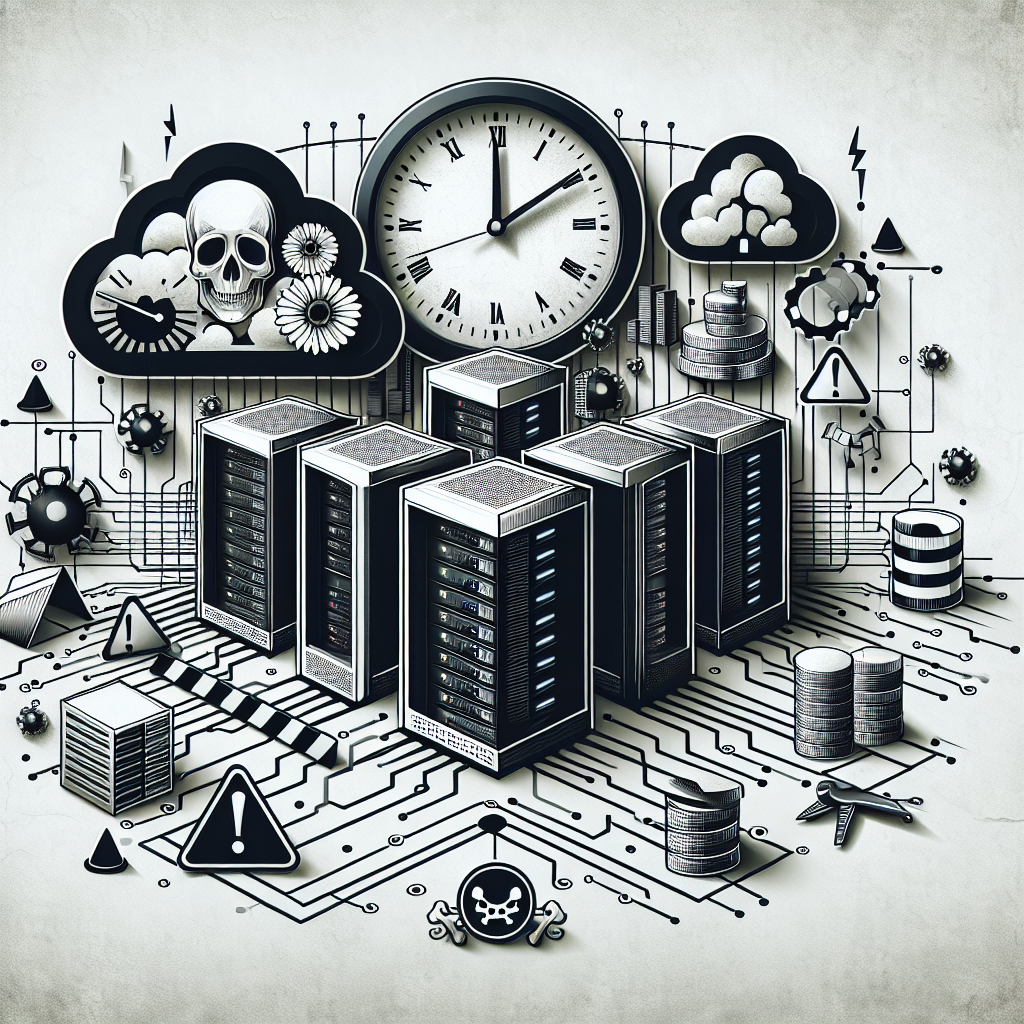Your cart is currently empty!
Tag: Understanding
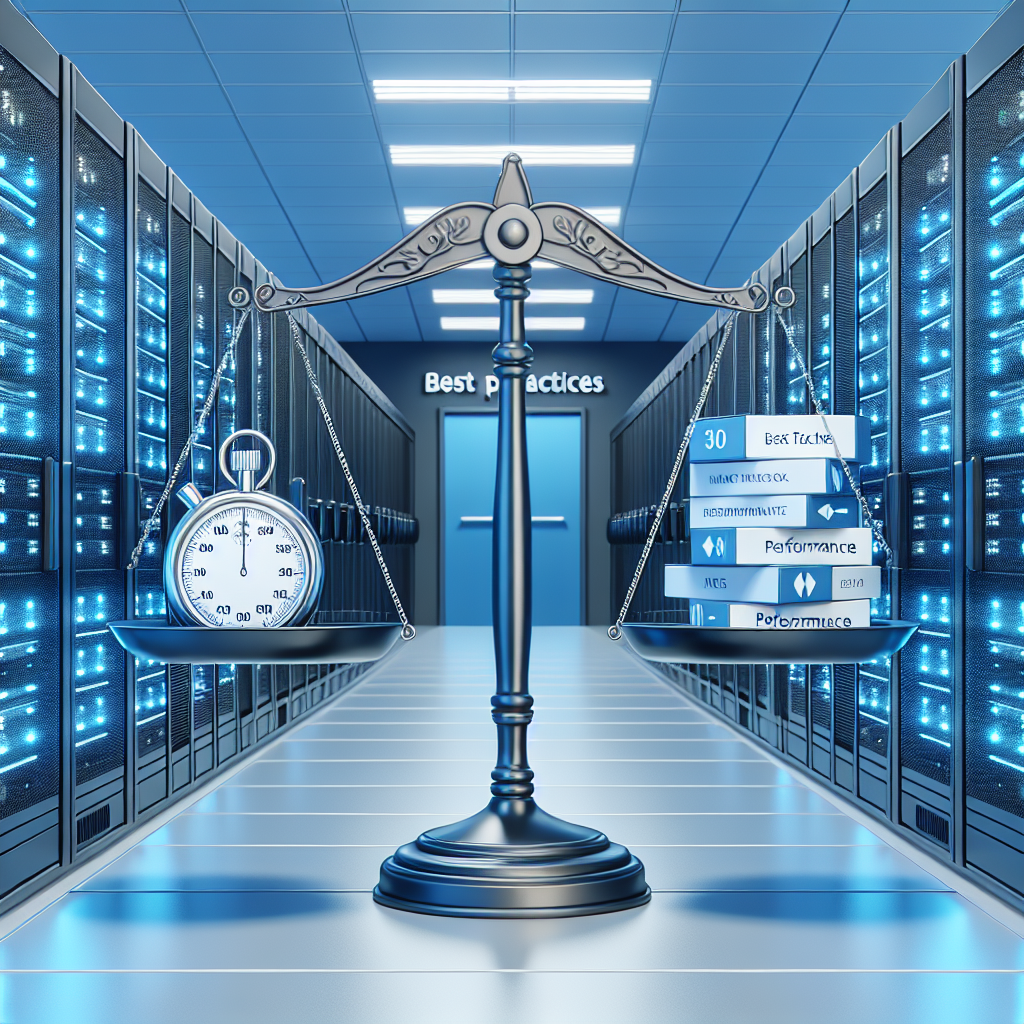
Understanding Data Center MTTR: Key Metrics and Best Practices
In the world of data centers, minimizing downtime and ensuring maximum uptime is crucial. One key metric that is used to measure the efficiency of a data center is Mean Time to Repair (MTTR). MTTR is the average time it takes to repair a failed component or system and bring it back online.Understanding MTTR is essential for data center managers and operators to effectively manage and maintain their facilities. By analyzing MTTR data, data center professionals can identify areas for improvement, implement best practices, and ultimately reduce downtime and increase overall performance.
Key Metrics for Data Center MTTR:
1. Identify the Root Cause: When a failure occurs in a data center, it is important to quickly identify the root cause of the issue. By pinpointing the source of the problem, data center operators can expedite the repair process and prevent similar incidents from happening in the future.
2. Response Time: Response time is a critical factor in reducing MTTR. Data center operators should have a well-defined process in place to quickly respond to alerts and notifications of system failures. By acting swiftly, operators can minimize downtime and repair issues before they escalate.
3. Repair Time: Once the root cause of a failure has been identified, the repair process should be carried out efficiently and effectively. Data center operators should have access to necessary tools, resources, and expertise to expedite the repair process and bring systems back online as soon as possible.
Best Practices for Improving Data Center MTTR:
1. Implement Monitoring and Alerting Systems: Proactive monitoring and alerting systems can help data center operators identify potential issues before they escalate into full-blown failures. By monitoring key performance indicators and setting up alerts, operators can address issues in a timely manner and reduce MTTR.
2. Conduct Regular Maintenance: Regular maintenance is essential for preventing system failures and reducing MTTR. By conducting routine inspections, testing, and maintenance tasks, data center operators can identify potential issues early on and address them before they cause downtime.
3. Continuous Training and Education: Data center operators should receive ongoing training and education to stay up-to-date on the latest technologies, best practices, and troubleshooting techniques. By investing in the professional development of staff, data center operators can improve their ability to quickly diagnose and repair issues, ultimately reducing MTTR.
In conclusion, understanding data center MTTR is crucial for ensuring maximum uptime and minimizing downtime. By analyzing key metrics, implementing best practices, and investing in continuous improvement, data center operators can effectively manage and maintain their facilities, ultimately leading to increased efficiency and performance.
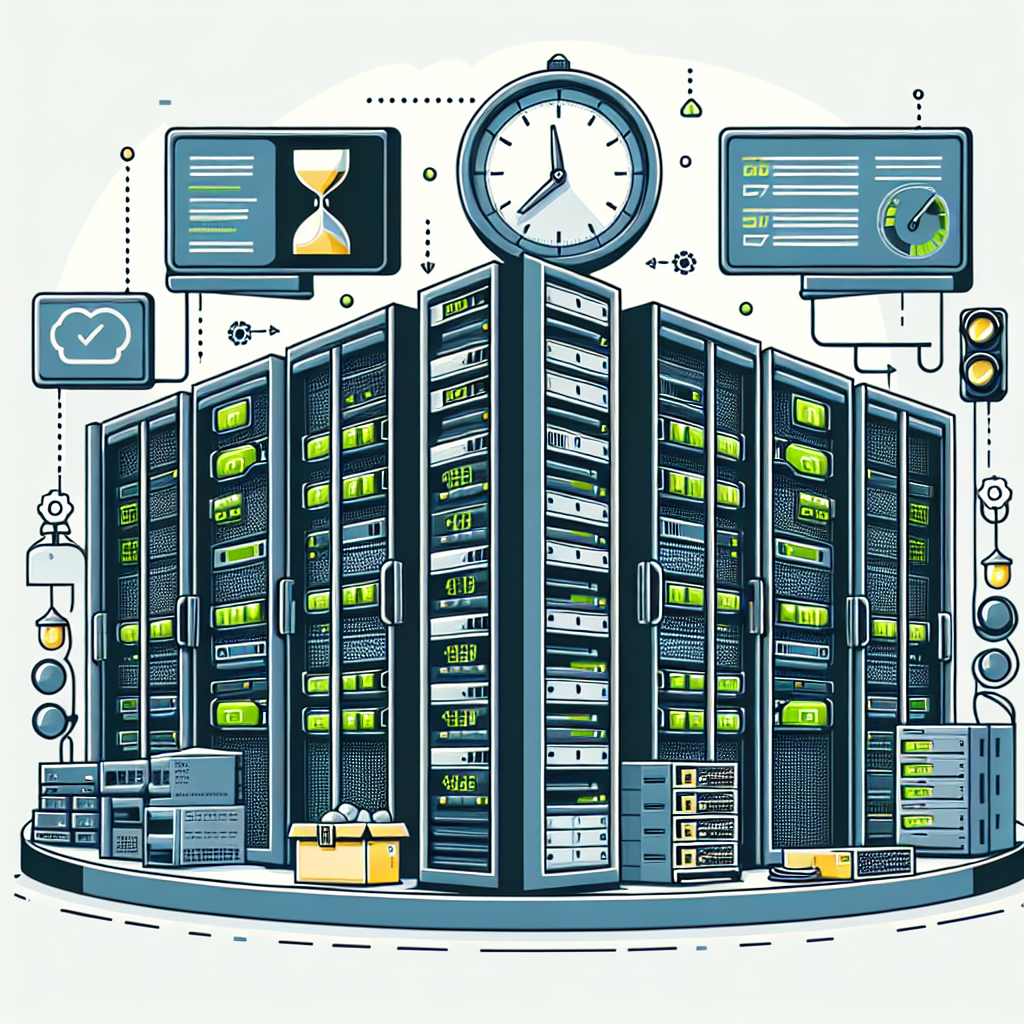
Understanding Data Center MTBF: The Key to Reliable Performance
Data centers are the backbone of modern businesses, providing the infrastructure needed to store and manage vast amounts of data. With the increasing reliance on digital technologies, ensuring the reliability and performance of data centers is crucial for businesses to operate smoothly and efficiently. One key metric that is used to measure the reliability of data centers is Mean Time Between Failures (MTBF).MTBF is a metric used to estimate the average time between failures of a system or component. In the context of data centers, MTBF is used to measure the reliability of the equipment and systems that make up the data center infrastructure. A higher MTBF value indicates that the equipment is more reliable and less likely to fail, leading to improved performance and uptime for the data center.
Understanding the MTBF of data center equipment is crucial for ensuring reliable performance. By knowing the MTBF values of different components, data center operators can identify potential points of failure and take proactive measures to prevent downtime and data loss. This can include regular maintenance, monitoring, and replacement of aging equipment to ensure that the data center remains operational and efficient.
In addition to understanding the MTBF of individual components, data center operators should also consider the overall MTBF of the entire data center infrastructure. This includes factors such as redundancy, backup systems, and failover mechanisms that are in place to ensure continuous operation in the event of a failure. By designing data center infrastructure with high MTBF values in mind, businesses can minimize the risk of downtime and ensure reliable performance for their critical operations.
Monitoring and tracking MTBF values is an important part of data center management, as it allows operators to identify trends and patterns in equipment failures. By analyzing MTBF data over time, data center operators can make informed decisions about equipment upgrades, replacements, and maintenance schedules to optimize performance and minimize downtime.
In conclusion, understanding data center MTBF is essential for ensuring reliable performance and uptime for businesses. By monitoring and tracking MTBF values, data center operators can identify potential points of failure, implement proactive measures, and optimize the performance of their data center infrastructure. By prioritizing reliability and uptime, businesses can ensure that their data centers continue to support their operations and drive success in the digital age.
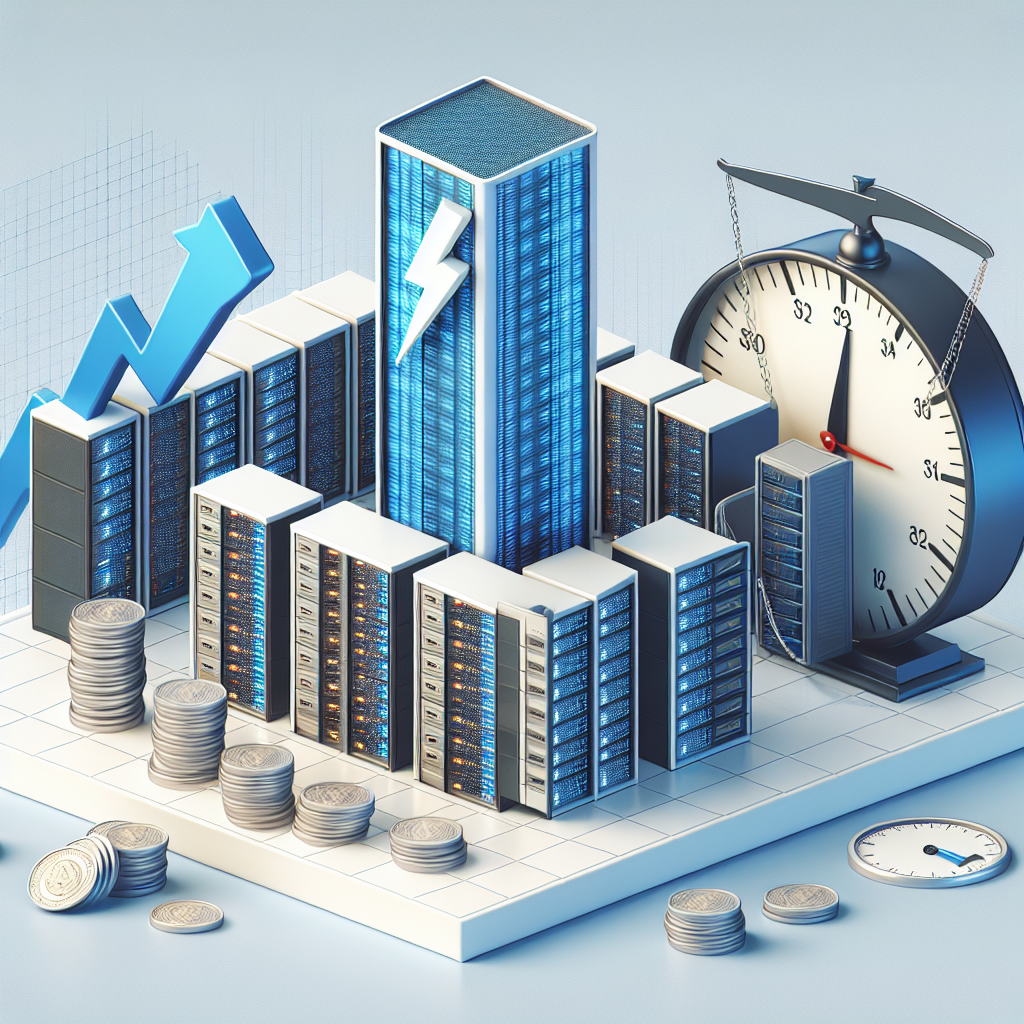
The Cost of Data Center Downtime: Understanding the Financial Impact
Data centers play a crucial role in the operation of businesses in today’s digital age. They are responsible for storing and processing massive amounts of data, ensuring that critical systems and applications are available and running smoothly. However, data center downtime can have a significant financial impact on businesses, leading to lost revenue, reputational damage, and potential legal liabilities.The cost of data center downtime can vary depending on the size of the business, the industry it operates in, and the duration of the outage. According to a study conducted by the Ponemon Institute, the average cost of data center downtime is around $9,000 per minute. This means that even a short outage can result in significant financial losses for a business.
One of the main costs associated with data center downtime is lost revenue. When critical systems and applications are unavailable, businesses are unable to serve their customers, process transactions, or generate sales. This can result in a loss of revenue that can quickly add up, especially for businesses that rely heavily on their digital infrastructure.
In addition to lost revenue, data center downtime can also lead to reputational damage. Customers expect businesses to be available and accessible at all times, and any disruption in service can erode trust and loyalty. This can have long-term implications for a business, as customers may choose to take their business elsewhere if they feel that their data is not secure or that their needs are not being met.
Furthermore, data center downtime can also result in legal liabilities for businesses. Depending on the industry and the nature of the outage, businesses may be subject to fines or penalties for failing to meet regulatory requirements or data protection standards. This can further add to the financial impact of data center downtime and can tarnish a business’s reputation in the eyes of regulators and customers.
To mitigate the financial impact of data center downtime, businesses should invest in robust disaster recovery and business continuity plans. These plans should outline the steps to be taken in the event of an outage, including backup and recovery procedures, alternative data storage options, and communication strategies. By being prepared for potential disruptions, businesses can minimize the financial impact of data center downtime and ensure that they can quickly resume operations without significant losses.
In conclusion, the cost of data center downtime can be significant for businesses, leading to lost revenue, reputational damage, and potential legal liabilities. By understanding the financial impact of downtime and implementing robust disaster recovery and business continuity plans, businesses can minimize the risks associated with data center outages and ensure that they can quickly recover and resume operations.
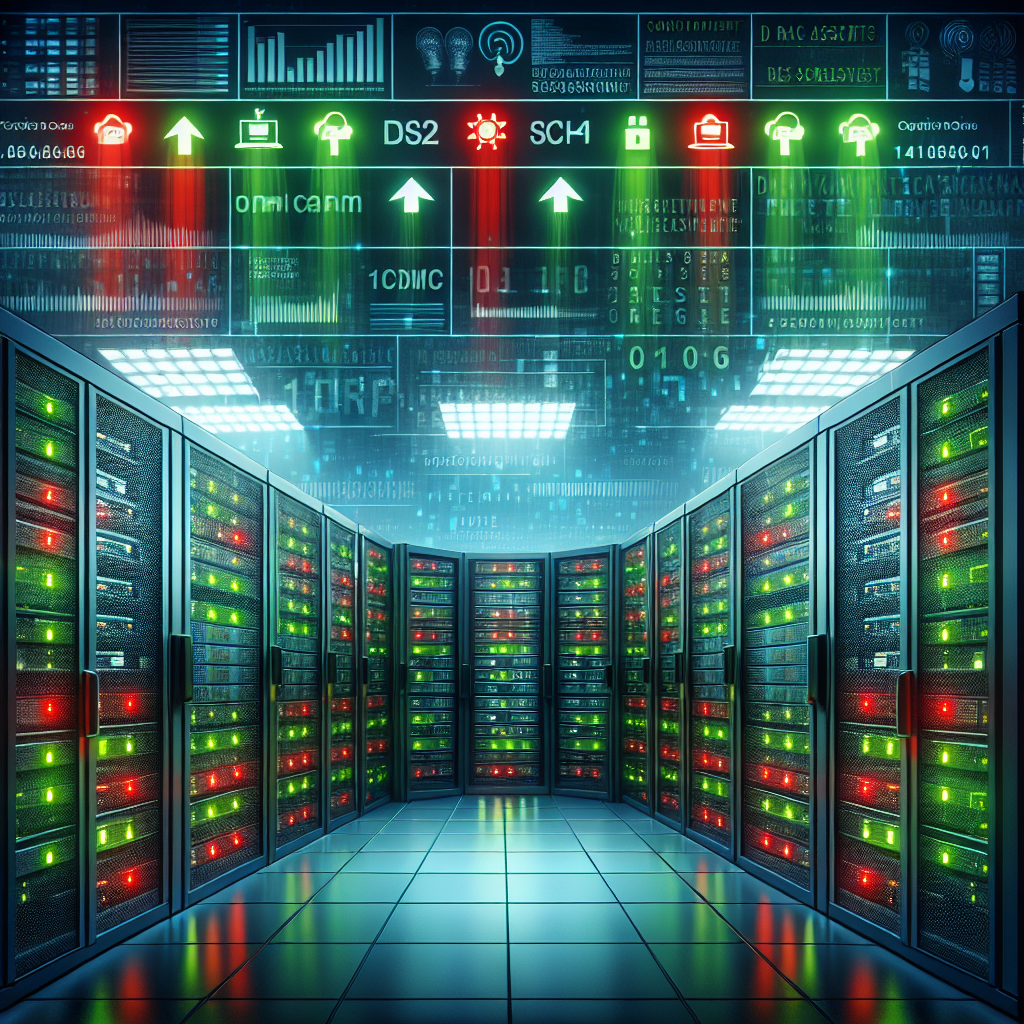
Understanding the Importance of Data Center Risk Assessment
Data centers are the heart of any organization’s IT infrastructure, housing critical hardware, software, and data that are essential for daily operations. With the increasing reliance on technology and the growing volume of data being generated, it has become more important than ever for organizations to assess and mitigate the risks associated with their data centers.A data center risk assessment is a comprehensive evaluation of the potential threats and vulnerabilities that could impact the security, availability, and reliability of a data center. By identifying and addressing these risks, organizations can minimize downtime, prevent data loss, and ensure the continuity of their operations.
There are several key reasons why data center risk assessment is essential for organizations:
1. Identify Vulnerabilities: A risk assessment helps organizations identify vulnerabilities in their data center infrastructure, such as outdated hardware, software, or security protocols. By addressing these vulnerabilities, organizations can prevent potential security breaches and data loss.
2. Mitigate Risks: By understanding the potential risks facing their data center, organizations can take proactive measures to mitigate these risks. This may include implementing security controls, disaster recovery plans, and backup systems to ensure the continuity of operations in the event of a disruption.
3. Compliance: Many industries have strict regulations and compliance requirements related to data security and privacy. By conducting a risk assessment, organizations can ensure that their data center meets these requirements and avoid potential fines or legal consequences.
4. Business Continuity: Data center downtime can have a significant impact on an organization’s operations, leading to lost revenue, damaged reputation, and potential customer loss. By conducting a risk assessment and implementing measures to minimize downtime, organizations can ensure the continuity of their business operations.
5. Cost Savings: By proactively identifying and addressing risks in their data center, organizations can avoid costly downtime, data loss, and security breaches. This can result in significant cost savings in the long run, as well as increased efficiency and productivity.
In conclusion, understanding the importance of data center risk assessment is crucial for organizations looking to protect their critical data and ensure the continuity of their operations. By identifying vulnerabilities, mitigating risks, and ensuring compliance with regulations, organizations can safeguard their data center infrastructure and minimize the impact of potential disruptions. Investing in a comprehensive risk assessment is a proactive step towards enhancing data center security and resilience in today’s increasingly digital world.
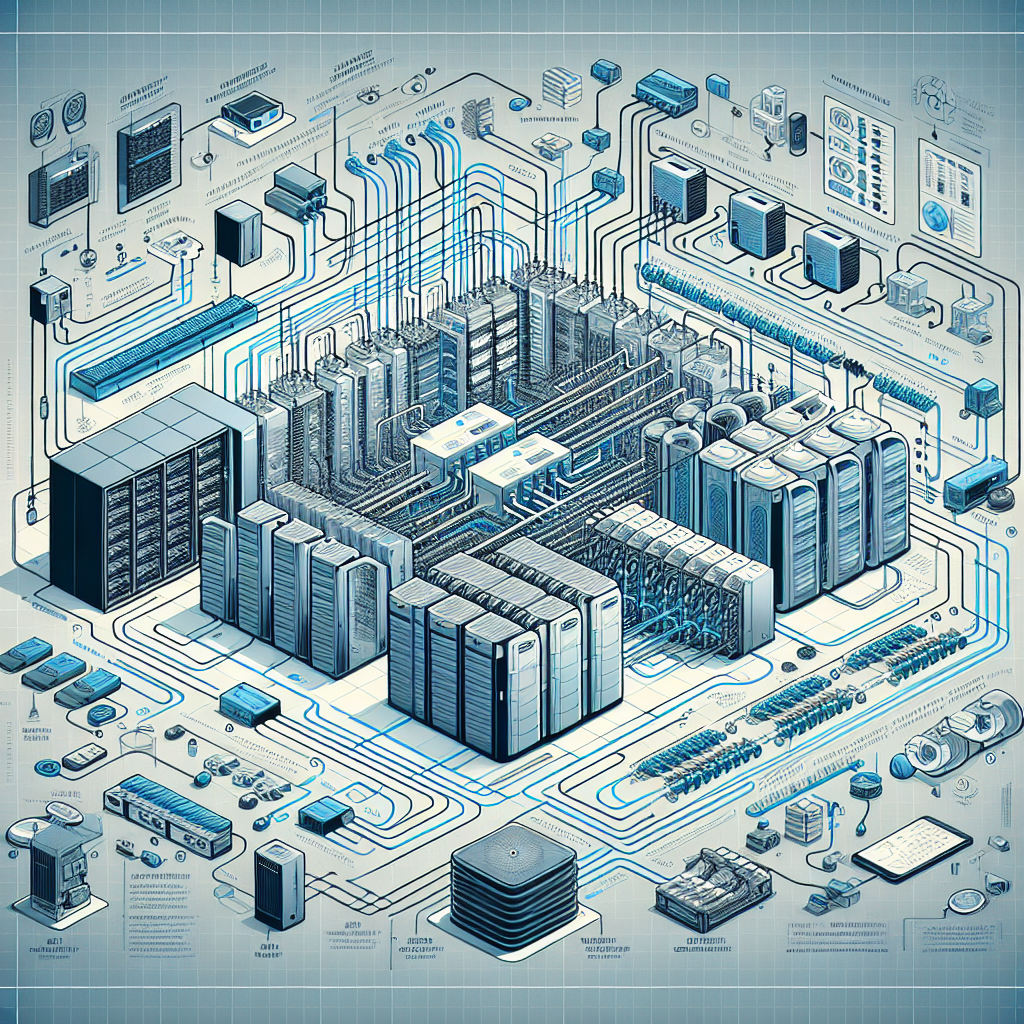
Understanding the Basics of Data Center Electrical Systems
Data centers are the backbone of modern technology, providing the infrastructure necessary to store, process, and distribute vast amounts of data. One crucial aspect of data center operations is the electrical system that powers the facility. Understanding the basics of data center electrical systems is essential for ensuring reliable and efficient operation.The primary function of a data center electrical system is to provide a stable and uninterrupted power supply to the critical IT equipment housed within the facility. This is achieved through a combination of components and systems that work together to deliver power to servers, networking equipment, and other devices.
At the heart of a data center electrical system is the power distribution system, which consists of transformers, switchgear, circuit breakers, and distribution panels. Transformers are used to step down high-voltage power from the utility grid to a level that can be safely used by the data center equipment. Switchgear and circuit breakers help to control the flow of electricity within the facility, protecting against power surges and other electrical issues.
In addition to the power distribution system, data centers also rely on backup power systems to ensure uninterrupted operation in the event of a power outage. These systems typically include uninterruptible power supplies (UPS) and diesel generators. UPS units provide short-term power backup, allowing critical equipment to continue running until the generators can be started up. Diesel generators are used to provide long-term power backup in the event of an extended outage.
Another important component of a data center electrical system is the grounding and bonding system. Proper grounding is essential for ensuring the safety of personnel and equipment within the facility. It also helps to protect against electrical interference and other issues that can disrupt data center operations.
Monitoring and control systems are also crucial components of a data center electrical system. These systems allow data center operators to monitor power usage, detect potential issues, and make adjustments as needed to ensure optimal performance and efficiency.
In conclusion, understanding the basics of data center electrical systems is vital for anyone involved in the operation or management of a data center facility. By having a solid grasp of the components and systems that make up a data center electrical system, operators can ensure reliable and efficient operation of their facility.
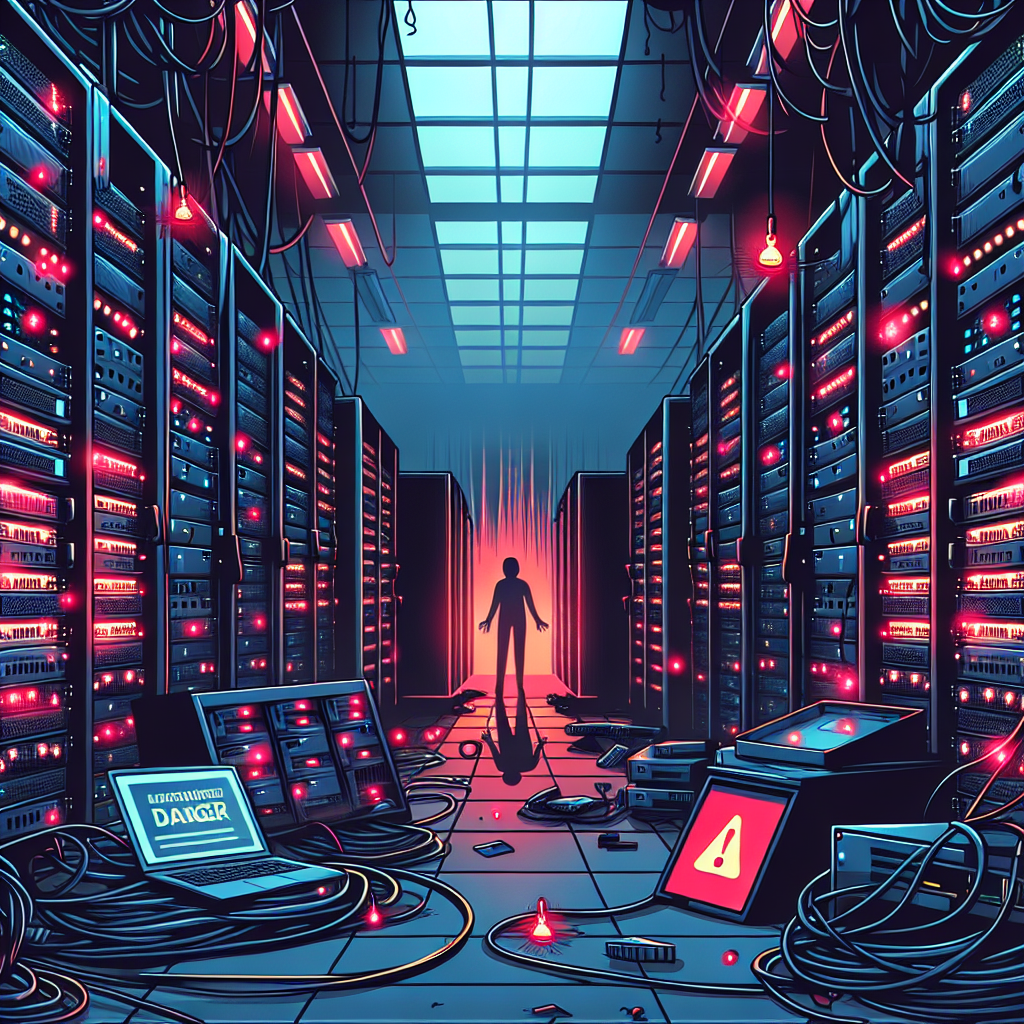
The Cost of Neglecting Data Center Reactive Maintenance: Understanding the Risks
Data centers are the backbone of modern businesses, housing crucial IT infrastructure and data that are essential for daily operations. With the increasing reliance on technology, the importance of ensuring that data centers are operating efficiently and effectively cannot be overstated. One key aspect of maintaining a data center is reactive maintenance, which involves addressing issues as they arise rather than waiting for them to cause major disruptions.However, many businesses neglect the importance of reactive maintenance, either due to budget constraints or a lack of understanding of the risks involved. This can have serious consequences for the data center and the overall operation of the business.
One of the biggest risks of neglecting reactive maintenance is the potential for downtime. When issues are not addressed promptly, they can escalate and lead to system failures, resulting in costly downtime. According to a report by the Ponemon Institute, the average cost of data center downtime is $9,000 per minute. This can have a significant impact on a business’s bottom line, not to mention the damage it can do to its reputation and customer trust.
In addition to downtime, neglecting reactive maintenance can also result in data loss. Data centers house valuable information that is crucial for the operation of the business, and any loss of data can have serious implications. Whether it’s due to hardware failure, software glitches, or other issues, neglecting maintenance can put data at risk and compromise the integrity of the business.
Furthermore, neglecting reactive maintenance can also lead to security vulnerabilities. Data centers are prime targets for cyber attacks, and any weaknesses in the infrastructure can be exploited by hackers. Without proper maintenance and updates, data centers can become easy targets for cyber criminals, putting sensitive information at risk.
Overall, the cost of neglecting data center reactive maintenance is high. From downtime and data loss to security vulnerabilities, businesses that fail to prioritize maintenance are putting themselves at risk of serious consequences. By understanding the risks involved and investing in proactive maintenance strategies, businesses can ensure the reliability and security of their data centers, ultimately safeguarding their operations and reputation.
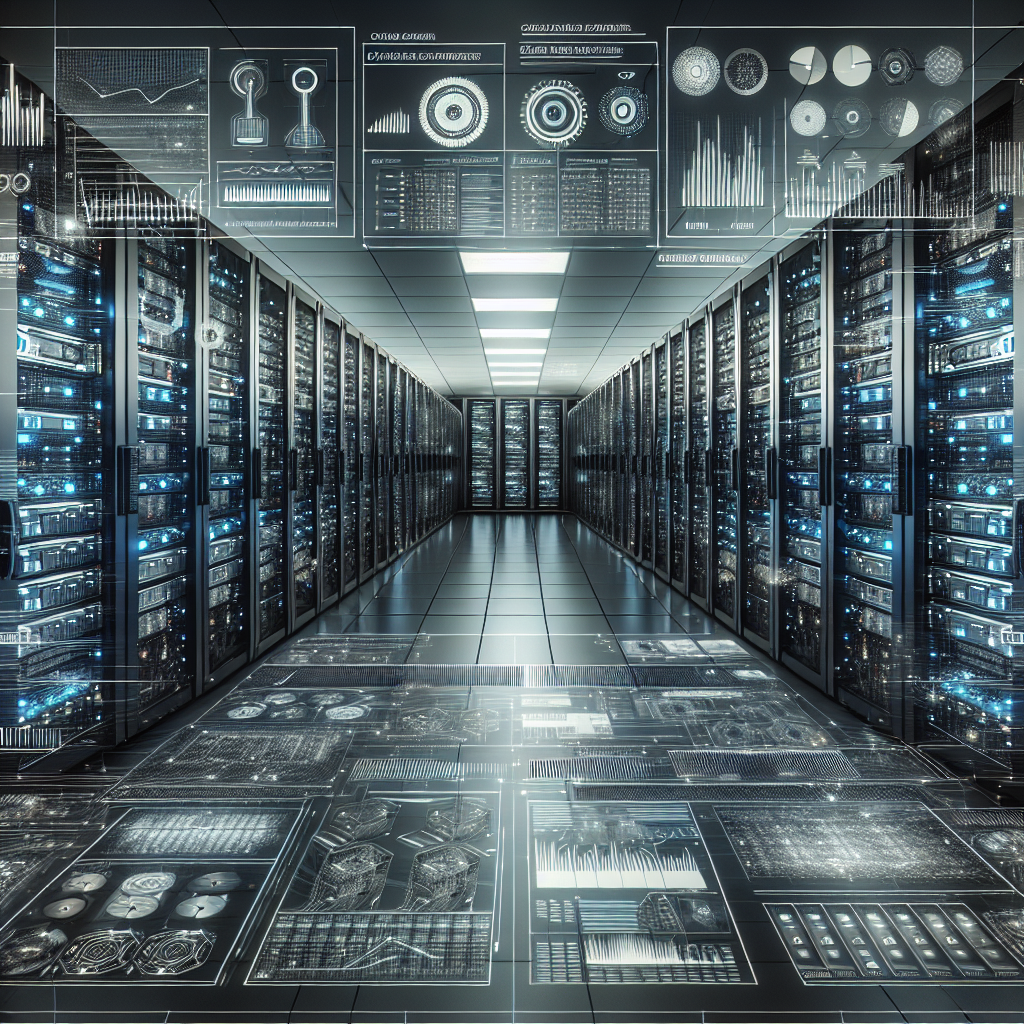
Data Center Monitoring: Understanding Key Metrics and Performance Indicators
Data centers play a crucial role in today’s digital age, serving as the backbone of organizations’ IT infrastructure. With the increasing reliance on technology and data, it has become essential for businesses to ensure the optimal performance and efficiency of their data centers. One way to achieve this is through data center monitoring, which involves tracking key metrics and performance indicators to identify potential issues and optimize operations.Key Metrics for Data Center Monitoring
There are several key metrics that organizations should track to effectively monitor the performance of their data centers. These metrics provide insights into the health, efficiency, and capacity of the data center, helping IT teams to proactively address any issues that may arise. Some of the key metrics include:
1. Power Usage Effectiveness (PUE): PUE is a metric that measures the efficiency of a data center in terms of how much power is used for IT equipment compared to the total power consumed by the facility. A lower PUE indicates a more efficient data center operation.
2. Cooling Efficiency: Monitoring the temperature and humidity levels in the data center is crucial for ensuring the optimal performance of IT equipment. Cooling efficiency metrics such as the Delta T and return air temperature can help identify potential cooling issues.
3. Server Utilization: Tracking server utilization metrics such as CPU usage, memory usage, and disk I/O can provide insights into the performance of individual servers and help optimize resource allocation.
4. Network Performance: Monitoring network performance metrics such as latency, packet loss, and throughput can help ensure the reliability and speed of data transmission within the data center.
Performance Indicators for Data Center Monitoring
In addition to key metrics, organizations should also track performance indicators to assess the overall health and performance of the data center. These indicators help IT teams identify trends, benchmark performance, and make data-driven decisions to optimize operations. Some of the performance indicators for data center monitoring include:
1. Availability: Availability is a critical performance indicator that measures the uptime of the data center and the reliability of IT services. Monitoring availability metrics such as mean time between failures (MTBF) and mean time to repair (MTTR) can help ensure high availability of IT services.
2. Capacity Planning: Capacity planning indicators such as server utilization, storage capacity, and network bandwidth utilization can help IT teams forecast future resource requirements and ensure that the data center can meet the growing demands of the organization.
3. Security: Security performance indicators such as intrusion detection alerts, access control logs, and compliance audits can help organizations assess the effectiveness of their security measures and identify potential vulnerabilities.
By monitoring key metrics and performance indicators, organizations can gain valuable insights into the performance and efficiency of their data centers. This data-driven approach allows IT teams to proactively address issues, optimize operations, and ensure the reliability and availability of IT services. Ultimately, effective data center monitoring is essential for organizations looking to maintain a competitive edge in today’s fast-paced digital landscape.
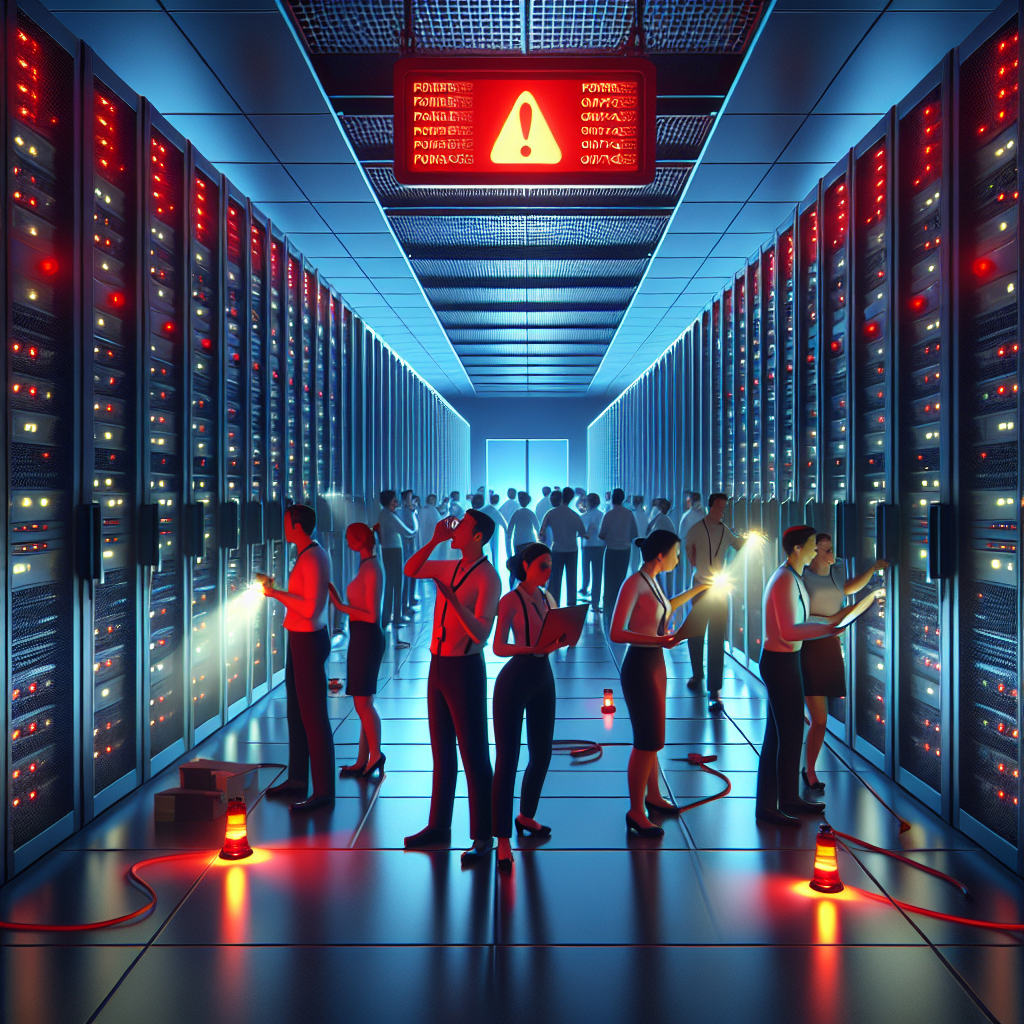
Understanding the Impact of Power Outages on Data Center Operations
Power outages are a common occurrence that can have a significant impact on data center operations. Data centers house critical IT infrastructure, including servers, storage devices, and networking equipment, that are essential for the operation of businesses and organizations. When the power goes out, these systems are at risk of being disrupted, leading to potential data loss, downtime, and financial losses. It is crucial for data center operators to understand the impact of power outages and implement strategies to mitigate their effects.One of the most immediate consequences of a power outage in a data center is downtime. Without power, servers and other equipment cannot function, leading to a disruption in services and potential data loss. Downtime can have a significant impact on businesses, as it can result in lost revenue, decreased productivity, and damage to the organization’s reputation. In some cases, data center operators may also face financial penalties for failing to meet service level agreements with their customers.
In addition to downtime, power outages can also lead to equipment damage. When the power is suddenly cut off, servers and other devices may not shut down properly, leading to potential hardware failures. This can result in costly repairs or replacement of equipment, further adding to the financial impact of the outage.
Furthermore, power outages can also have a long-term impact on data center operations. In some cases, data may become corrupted or lost due to the sudden loss of power. This can result in data recovery efforts that can be time-consuming and costly. Additionally, power outages can also lead to a loss of confidence in the data center’s reliability, potentially driving customers to seek services elsewhere.
To mitigate the impact of power outages on data center operations, operators should implement strategies to ensure business continuity. This may include investing in backup power sources, such as uninterruptible power supplies (UPS) or generators, to provide temporary power during outages. Operators should also regularly test and maintain these backup systems to ensure they are functioning properly when needed.
Additionally, data center operators should implement redundancy in their systems to minimize the impact of power outages. This may include redundant power supplies, networking equipment, and servers to ensure that operations can continue even if one component fails. Operators should also consider implementing disaster recovery plans to quickly restore services in the event of a prolonged outage.
Overall, understanding the impact of power outages on data center operations is crucial for ensuring the reliability and availability of critical IT infrastructure. By implementing strategies to mitigate the effects of power outages, data center operators can minimize downtime, protect against data loss, and maintain customer confidence in their services.
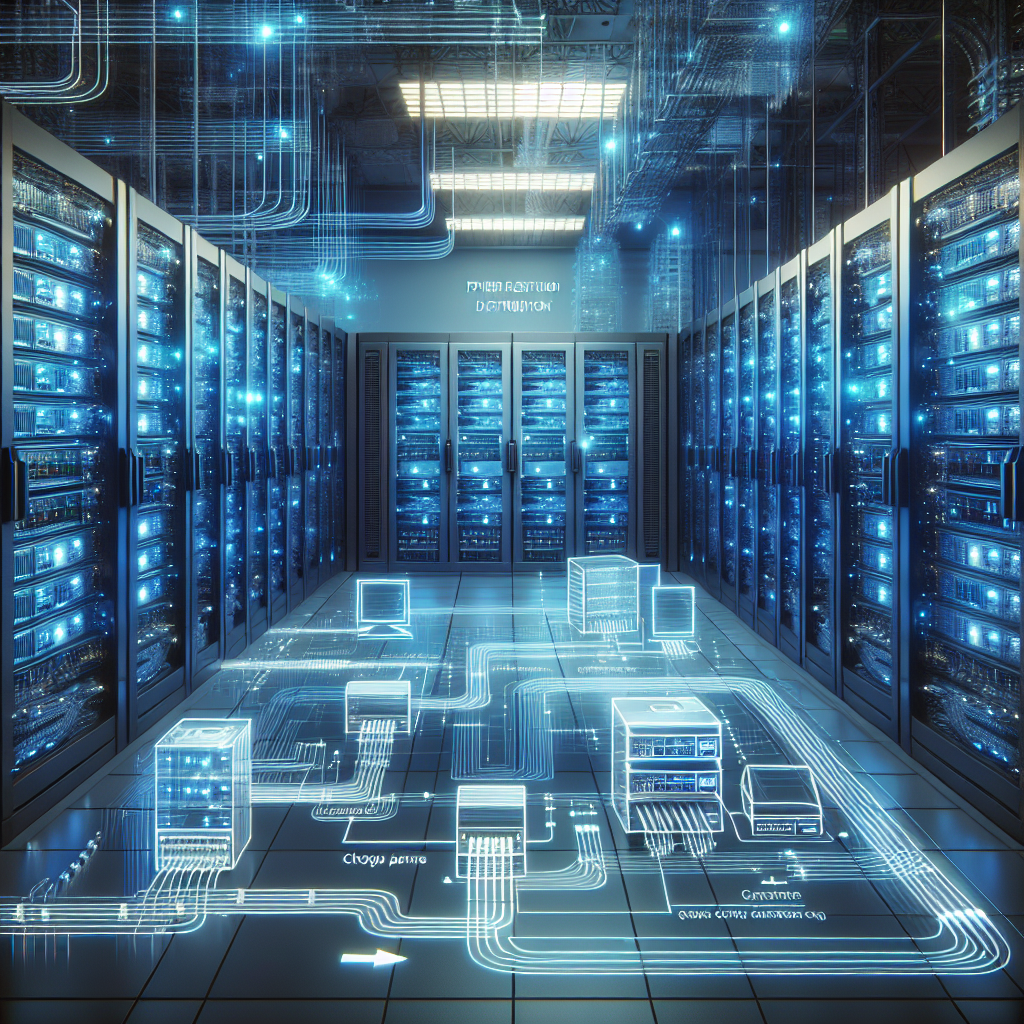
Understanding the Role of Power Distribution in Data Center Infrastructure
In today’s digital age, data centers play a crucial role in storing and processing vast amounts of information. However, to ensure that these data centers operate efficiently and reliably, it is essential to understand the role of power distribution in their infrastructure.Power distribution is the process of delivering electricity from the utility grid to the various components within a data center, such as servers, switches, and storage devices. It is a critical aspect of data center infrastructure, as any interruptions or fluctuations in power supply can result in downtime, data loss, and potential damage to equipment.
There are several key components involved in power distribution within a data center, including transformers, switchgear, distribution panels, and uninterruptible power supplies (UPS). Transformers are used to step down the voltage from the utility grid to a level that is suitable for the data center equipment. Switchgear is responsible for distributing power to different areas of the data center, while distribution panels control the flow of electricity to individual servers and devices. UPS systems provide backup power in the event of a power outage, ensuring that critical operations can continue uninterrupted.
When designing a data center power distribution system, it is important to consider factors such as redundancy, scalability, and efficiency. Redundancy is crucial in ensuring that there are backup systems in place to prevent downtime in the event of a power failure. Scalability is important for accommodating future growth and expansion of the data center, while efficiency helps to minimize energy consumption and reduce operating costs.
In addition to the physical components of power distribution, it is also essential to consider the management and monitoring of power within a data center. Power monitoring systems can provide real-time data on energy consumption, helping to identify areas of inefficiency and optimize power usage. Power management software can also automate tasks such as load balancing and energy conservation, further improving the overall performance of the data center.
Overall, understanding the role of power distribution in data center infrastructure is crucial for ensuring the reliable and efficient operation of these critical facilities. By implementing a well-designed power distribution system with the appropriate components and monitoring tools, data center operators can minimize downtime, reduce costs, and ensure the seamless operation of their infrastructure.
